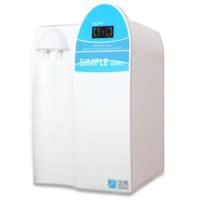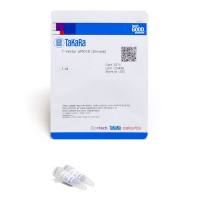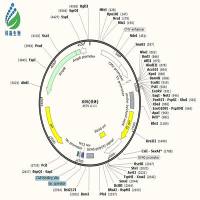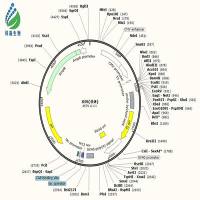A Simple Method for Chloroplast Transformation in Chlamydomonas reinhardtii
互联网
606
Photosystem (PS)I is a multi-subunit pigment-protein complex that uses light energy to transfer electrons from plastocyanin to ferredoxin. Application of genetic engineering to photosynthetic reaction center proteins has led to a significant advancement in our understanding of primary electron transfer events and the role of the protein environment in modulating these processes. Chlamydomonas reinhardtii provides a system particularly amenable to analyze the structure-function relationship of PSI. Chlamydomonas reinhardtii is also a favorable organism for chloroplast transformation because it contains a single chloroplast and grows heterotrophically when supplemented with acetate. Chlamydomonas has served as a model organism for the development of chloroplast transformation procedures and the study of photosynthetic mutants generated using this method. Exogenous cloned cpDNA can be introduced into the chloroplast by using this biolistic gene gun method. DNA-coated tungsten or gold particles are bombarded onto cells. Upon its entry into chloroplasts, the transforming DNA is released from the particles and integrated into the chloroplast genome through homologous recombination. The most versatile chloroplast selectable marker is aminoglycoside adenyl transferase (aadA), which can be expressed in the chloroplast to confer resistance to spectinomycin or streptomycin. This chapter describes the procedures for chloroplast transformation.








